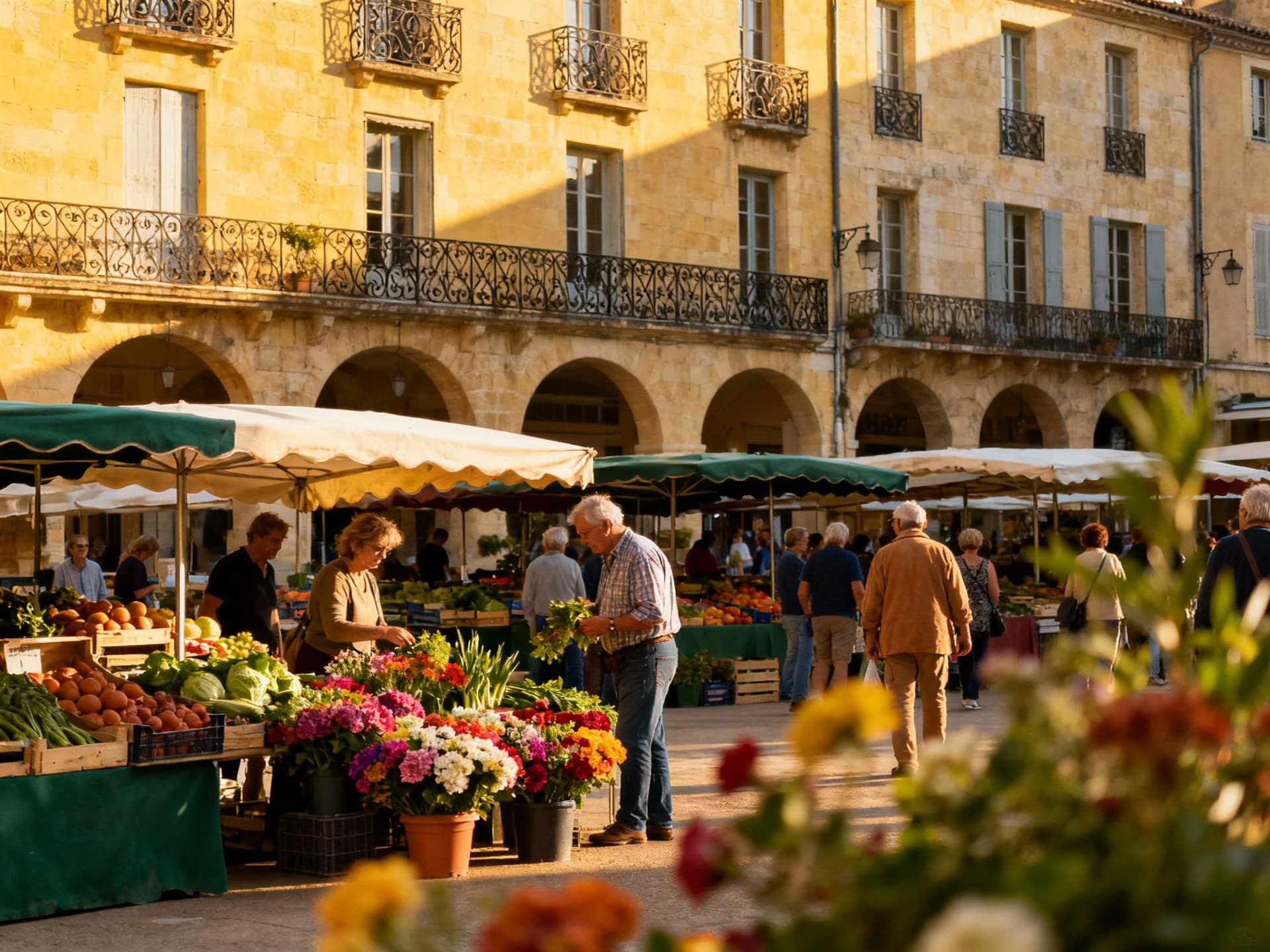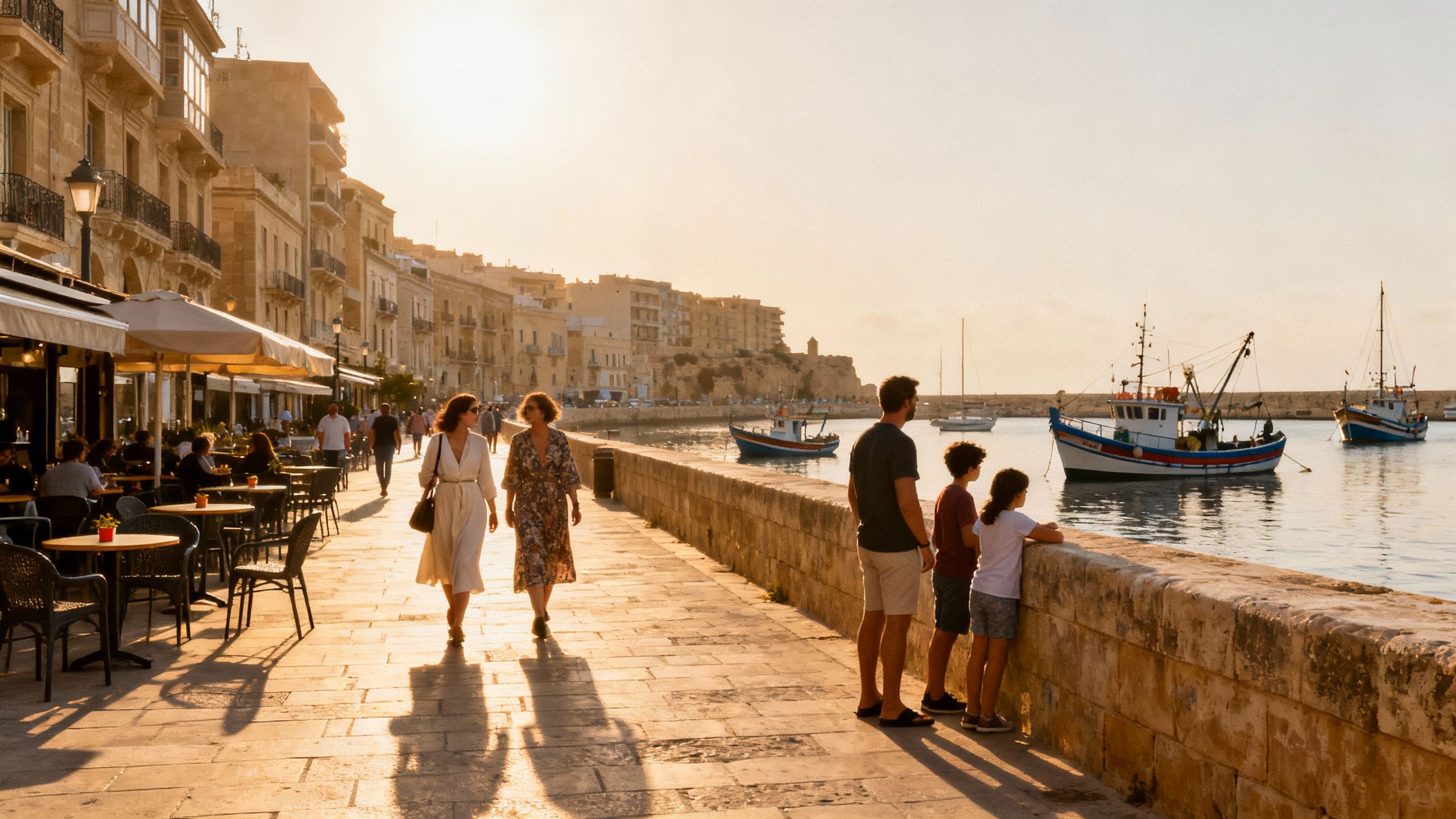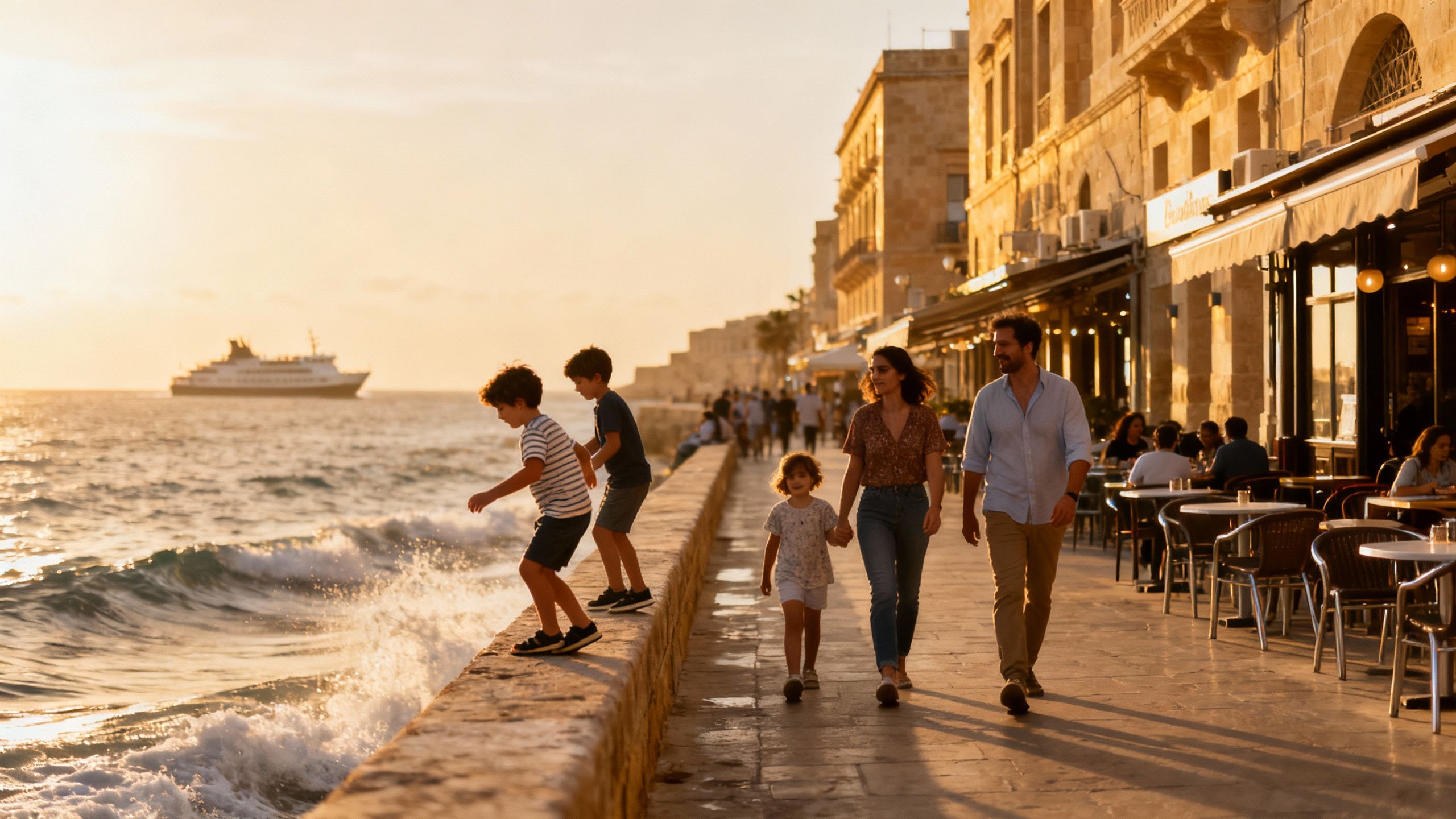Living Costs in France: City, Coast and Countryside
Compare what your money buys across Paris, Provence and the Riviera — lifestyle trade‑offs, taxed costs and region‑specific buying steps backed by INSEE and notaire data.
Imagine a morning in Lyon: a baker’s van unfurls heat and flour across a narrow street, tram bells punctuate conversation, and sunlight picks out warm stone on a sixteenth‑century façade. That is the daily arithmetic of living in France — small, sensory pleasures set against the ledger of running costs and taxes. Understanding what daily life actually costs, and how those costs change from Parisian arrondissement to Provençal village, is the first practical step for any international buyer dreaming of relocation or a second home. This piece blends lived experience with recent data so you may reconcile the life you want with the budget you bring. (See INSEE consumer price index for recent inflation context.)
Living the France lifestyle

To live in France is to calibrate tempo and taste. Days are organised around markets and cafés, weekday routines and long weekends in the countryside; seasons rearrange priorities — beach life in late June, chestnut festivals in October. Neighborhood character varies sharply: Paris and Lyon deliver dense cultural programmes and concierge services; Bordeaux and Aix offer a balancer of provincial calm and culinary distinction; the Côte d’Azur trades privacy and marine leisure for higher service costs and premium real estate. Appreciating those differences helps set realistic expectations for monthly outgoings, from groceries and utilities to leisure and domestic help.
City pulse: Paris, Lyon, Marseille
City living buys cultural density and convenience at a cost. In central Paris, everyday items — a café, a market basket, a daily pastry — register higher on pricing indices; rent and purchase prices remain the largest budget lines. Lyon presents a middle way: a rich gastronomic scene with lower rents and comparable services. Marseille and other port cities offer coastal life with more affordable housing but a different service profile: expect seasonal swings in demand and price. Local data (for example Numbeo’s city-level comparisons) illustrate how a restaurant meal or monthly utilities differ across cities.
Provincial rhythm: Bordeaux, Provence, Dordogne
Outside the major metropoles, money buys scale and provenance: larger gardens, stone façades, and period interiors more readily than in city centres. Towns such as Aix‑en‑Provence, Sarlat and certain Médoc communes offer slower days, weekly marchés and a comparatively lower cost of living. Yet services may be less immediate; private chauffeurs, domestic staff or specialised medical care can raise household budgets. For the discerning buyer, the trade‑off is often architectural substance and privacy rather than urban immediacy.
Making the move: practical considerations

The romance of place must be tempered by the procedures that shape acquisition and ownership in France. Transaction costs, transfer duties and notary fees typically add 7–8% for older properties and less for new builds; local taxes and recurring charges are ongoing. Property markets in France are regionally distinct — data from national notaries and chambers of notaires show a varied picture of per‑square‑metre values and recent transactional velocity. Prioritising an accurate cost projection avoids surprises and frames what scale of property — city pied‑à‑terre or country house — is sustainable.
Property styles and what they cost
A Parisian apartment and a Provençal farmhouse demand different budgets not only at purchase but in upkeep. Apartments levy copropriété charges and periodic major works; country houses bring garden, roof and façade maintenance. Non‑residents should note French local taxes (taxe foncière, taxe d’habitation in some circumstances) and the IFI threshold for wealth tax; these affect net yield when renting and long‑term holding costs. Careful forward budgeting, informed by tax authority guidance and recent sales indices, is essential to measure total cost of ownership.
How local experts translate lifestyle into specification
A local agency with deep neighbourhood knowledge converts your lifestyle brief into technical priorities: proximity to international schools, sunlight and orientation for terraces, room dimensions for art and furniture, or cellar humidity for wine collections. Their role extends beyond finding buildings: they validate renovation costs with trusted craftsmen, advise on planning permissions, and structure offers that reflect local market cadence. For international buyers, agencies often coordinate multilingual notaries, certified surveyors and tax advisers to create a coherent purchasing plan aligned with your living aspirations.
Insider knowledge: what expats wish they'd known
Experienced expatriates emphasise three practical truths: seasonality changes living costs and rental income potential; language and administrative patience pay dividends; and modest investments in local relationships ease daily life. Recent INSEE data show inflation eased in 2024 but remains a real factor for services and food, so budgeting for modest annual increases is prudent. Understanding these rhythms lets you choose an area that rewards the lifestyle you want without stretching finances unduly.
Cultural integration, language and community
Integration is both social and logistical: local markets and clubs supply much of the social life, while language competence transforms banal errands into cultural pleasure. In many provincial towns an active English‑speaking community will exist, but learning French remains the single most effective investment for building trust with neighbours, artisans and officials. Practical services — healthcare registration, schooling, utility contracts — run more smoothly when guided by a trusted local adviser, particularly during the initial year.
Long‑term living: maintenance, estate and stewardship
Owning a property in France is often an intergenerational proposition. Consider maintenance cycles — roofs, façades, period windows — and budget for conservation rather than cosmetic fixes. If a property enters the rental market, seasonal demand and local regulations will shape income and operating costs. For buyers with heritage properties, stewardship implies respecting provenance through authentic materials and qualified restorers; such choices preserve value and deliver the genuine experience most buyers pursue.
- Lifestyle highlights and cost considerations
- • Morning marché and artisan bread: small daily cost, large lifestyle return. • Weekly ménage and domestic help in cities: convenience but a recurring budget line. • Seasonal rental income on the coast: lucrative in summer, variable off‑season. • Renovation of historic features: high upfront cost, long‑term value preservation. • Private healthcare top‑ups and expat insurance: reliability for international families. • Transport: car ownership is common outside cities and adds fuel, insurance and parking costs.
Practical steps: from inspiration to offer
Converting aspiration into acquisition is a sequence of deliberate steps: quantify target monthly running costs, calibrate property must‑haves, and secure local advisory to model taxes and transaction fees. Early conversations with a notary will clarify transfer duties and statutory obligations; a tax specialist will explain non‑resident implications such as IFI and rental withholding rules. These preparations shorten timelines and protect capital — an essential consideration when exchange rates and market rhythm influence buying power.
- A practical buying checklist
- 1. Define monthly living budget including taxes and maintenance; allow a 10–15% contingency for the first year. 2. Obtain pre‑approval for financing (French or international mortgage) and confirm exchange‑rate strategy. 3. Instruct a local agency to shortlist properties by lifestyle fit and obtain detailed running‑cost estimates. 4. Commission a technical survey and ask the notary for a breakdown of purchase‑related fees. 5. Agree the offer with conditions precedent (financing, survey, tax advice) and set a realistic timescale for completion.
In conclusion, the cost of living in France varies as much by mood and season as it does by postcode. The same euro buys a riverfront house in the Dordogne, a compact apartment in Lyon, or a modest pied‑à‑terre in the sixth arrondissement of Paris — each with different attendant costs and pleasures. Start with a lived vision of your daily life, then assemble a local team to translate that vision into a precise financial plan. Villa Curated’s local partners can help marry the life you imagine with verifiable costs, permitting you to proceed with assurance and taste.
Former Copenhagen architect who relocated to Provence, offering relocation services, market analysis, and a curator’s eye for authentic regional design.


